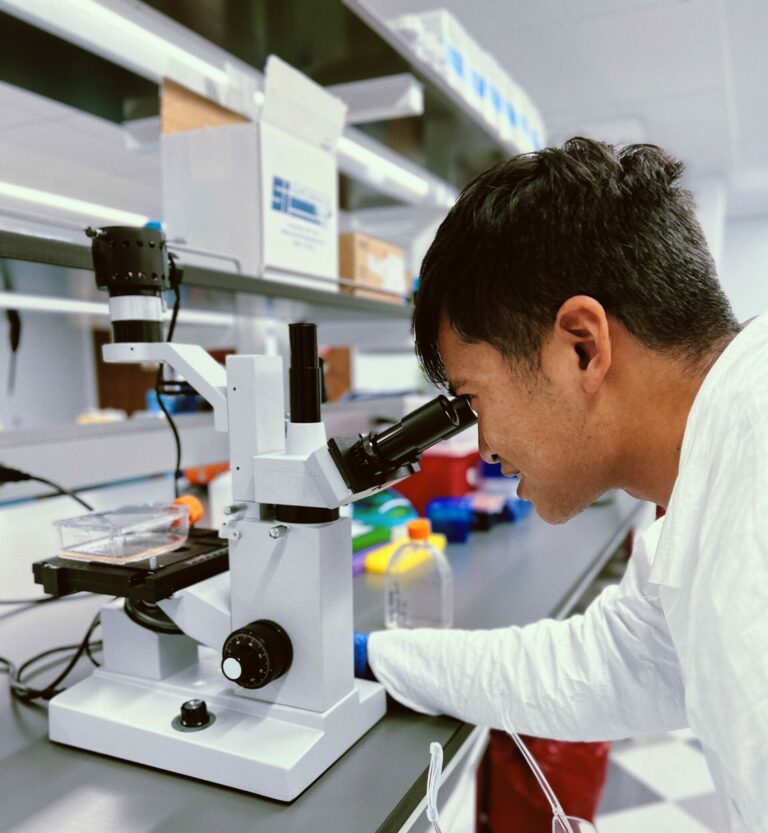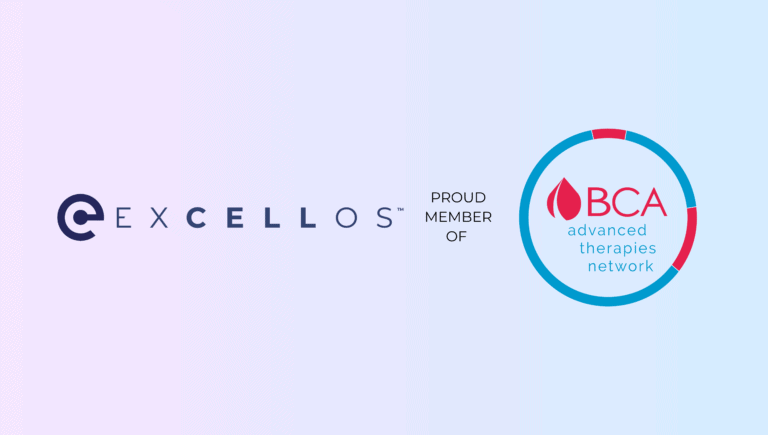Cell Therapy Supply Chain
With 1920 ongoing clinical trials as of Q4 2023, the pipeline for new therapies is rich in diversity of diseases under investigation and is continuing to grow. A major follow-on question is whether the gene and cell therapy supply chain is ready to handle what may be a tidal wave of manufacturing requirements. There are a number of challenges in manufacturing cell therapies, from regulatory hurdles to cost but here we identify the three major bottlenecks in the cell therapy supply chain: materials sourcing, logistics, and manufacturing capacity.
1. Limitations in Material Sourcing
An obvious cell therapy supply chain limitation in materials for allogeneic cell therapies is identifying and sourcing the white blood cells. Addressing this is what drove the recent agreement between CDMO Excellos and one of the largest nonprofit blood organizations in the U.S., Vitalant. With Vitalant as a strategic partner Excellos expanded access to collection of leukopaks at donation centers dispersed across the country. Ensuring purity and consistency of the leukopaks requires access to capital equipment that may have long lead times and requires specialized training. Inadequate solutions might lead to therapies based on genetic variability from different donors and/or the same donor, phenotypic variation, and cell instability and senescence. In extreme cases, microbial contamination may occur during isolation and passage of the cells through manufacturing. Cryopreservation and thawing can impact cell viability and functionality, which relates to product quality.
An obvious cell therapy supply chain limitation in materials for allogeneic cell therapies is identifying and sourcing the white blood cells.
A second limitation is consistency of composition and reproducibility of cell culture media. Supplements for cell expansion can influence cell behavior. Serum media is highly dependent on the volatile cattle industry and this drives both availability and price. As a biologic, serum is a complex mixture that can vary between lots, suppliers, types of inactivation, and can also have microbial contaminants present. Because of this, cell therapy development teams may choose to use serum-free or xeno-free cultures. However, sourcing high-quality, defined, and regulatory approved serum-free media is not without challenges. Even a defined media will have numerous components, from growth factors to nutrients. Each component has its own manufacturing and logistic chain, and this chain may be trans-continental.
Serum media is highly dependent on the volatile cattle industry and this drives both availability and price.
Another limitation is that materials must be GMP compliant for clinical and commercial use. Compared to standard reagents, GMP adherence has compliance requirements and often more stringent quality standards. These thresholds further restrict the number of available manufacturers.
2. Logistical Strains
Cell therapy development and manufacturing relies on cold-chain logistics. While this is more manageable to contain compared to disruptions due to issues such as international conflicts, components are packaged in containers with ice, or ice substitutes, and require high-value (e.g. express) or refrigerated shipping. Delayed delivery resulting in thawing can result in the loss of valuable components.
As touched on above, the supply chain for cell therapy is trans-continental. Serum may be sourced from New Zealand, carbon nutrients from China, and growth factors from the United States. This logistical chain is susceptible to global health crises, conflict, natural disasters, and trade disputes. Disruptions can impact availability, delivery times, and ultimately cost.
This logistical chain is susceptible to global health crises, conflict, natural disasters, and trade disputes.
3. Manufacturing Capacity
There are reports indicating a serious cell therapy manufacturing capacity gap is looming. BioPlan in 2020 estimated “a 500% shortage of cellular/gene therapies capacity”. This is causing some manufacturers to expand capacity, such as Legend Biotech and Johnson and Johnson, which committed $500M to build a new manufacturing facility in New Jersey. However, this type of enormous expense is simply out of reach for smaller organizations that have been doubly hit with the current challenging financial climate. To meet this cell therapy manufacturing capacity gap, CDMO’s such as Excellos and Catalent have expanded their manufacturing footprint. Additionally, the lead time to get a cell therapy manufacturing facility built isn’t just due to concrete building permits, and regulatory permits- it requires bioreactors, air-handling systems, clean rooms, and a bevy of other large, complex, build-to-order pieces of capital equipment. The availability and scalability of these systems can delay or otherwise impede new manufacturing capacity.
There are reports indicating a serious cell therapy manufacturing capacity gap is looming.
Besides capital equipment and facility infrastructure, organizations are also reporting difficulties hiring skilled cellular or gene therapy staff. Cell therapy manufacturing is complex and often requires highly trained personnel and technicians. With the number of therapies moving through the pipeline and more manufacturing capacity being built in response, it is reasonable to assume hiring challenges will continue.
Summary
There are three major bottlenecks in the cell therapy supply chain: material sourcing, logistics, and manufacturing capacity. Constraints in material sourcing include developing and producing cell-based products along with gaining the required cell culture media. Logistical challenges are dependent on other global supply chains and are compounded by requirements for cold-chain shipping, handling, and storage. The third and likely the most worrisome for the industry is manufacturing capacity constraints as these facilities are expensive to build, have long lead times, and are difficult to staff. It appears the three cell therapy supply chain bottlenecks are here to stay for the foreseeable future.
There are three major bottlenecks in the cell therapy supply chain: material sourcing, logistics, and manufacturing capacity
How Excellos can help
Excellos helps resolve cell therapy supply chain constraints for cell therapy development teams. With a large access to donor samples, Excellos customizes and manufactures cells characterized to your requirements. Proprietary Excellos 360 technology reduces variability in clinical responses and improves efficacy.
Contact us for more information about what we can do for you.

